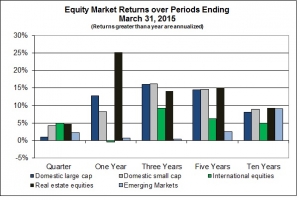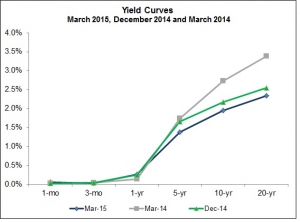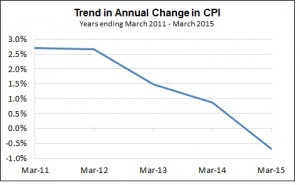Does it feel like you are constantly paying bills all of the time? It may be time to refresh and automate your current financial process. Just simply keeping track of all of our various accounts can be mindboggling and often quite tiring. Since time is one of the most precious aspects in life, why not regain some by automating your personal finances.
Reason To Automate
Initially, it can feel scary automating your finances – like you are losing control over when and out of which account a bill gets paid. Looking at the bigger picture though, you are going to pay your electric and gas bills anyway, so why not simplify things.
Advantages
- Gives you peace of mind that no bill was left behind (think of times where you are away from home such as vacations and holidays).
- Frees up time to spend on more important tasks.
- Increases your credit score: On-time bill payments make up 35% of your overall credit score.
- Provides safety: Online bill pay has come a long way over the past decade. Websites are more secure and most credit cards and bank accounts have built-in fraud monitoring features.
First Steps
In order for financial automation to work, you must build up a checking/savings account balance to a level where all bills can be paid without worrying about the amount (emergency reserve). Next, you will need to create an online login (if you do not have one) for each bill/payment you would like to automate. Once your account is setup online, you will then be able to initiate your recurring payments.
What accounts can be automated?
- Credit Cards (always pay the balance in full)
- Gas/Electric/Water/Cell Phone/Cable/Garbage Bills
- Debt Payments (Home Mortgage, Car Loans, Student Loans)
- Savings (Set up automatic transfers to a different account)
- EZPass/Car Insurance/Life Insurance
Monitoring
With automatic payments set up, you will not have to continually write checks for monthly bills. However, I do recommend monitoring all of your transactions so that you can make sure all of your charges are correct. I personally use Mint.com to monitor my credit cards, bills and bank account transactions. It is simple to setup and is very secure. I use this as a replacement for balancing my checkbook.
Summary
Everyone manages their finances in a way that works for them. If you haven’t considered setting up automating payments, I urge you to give it a try. If we can help you at Rockbridge, please let us know.





